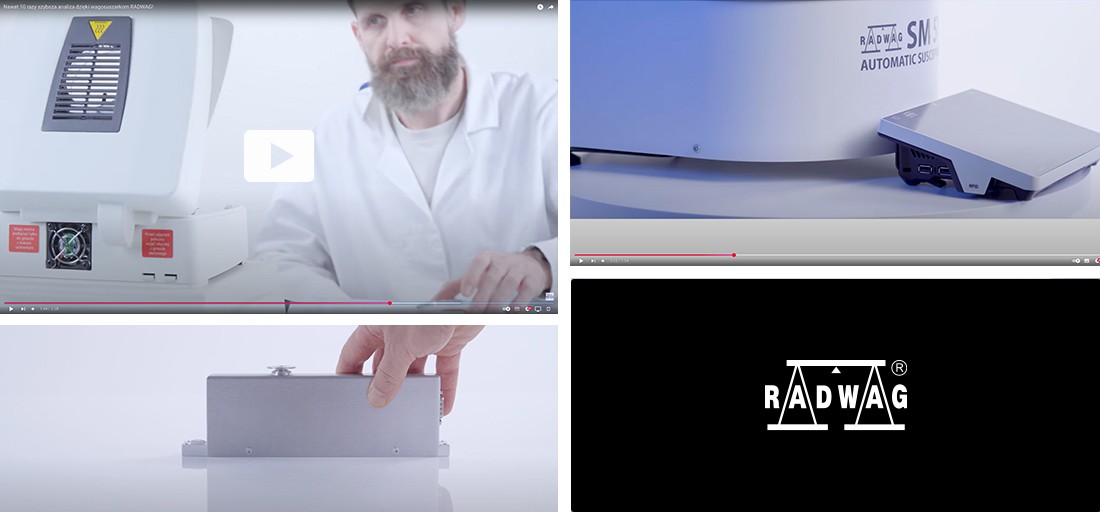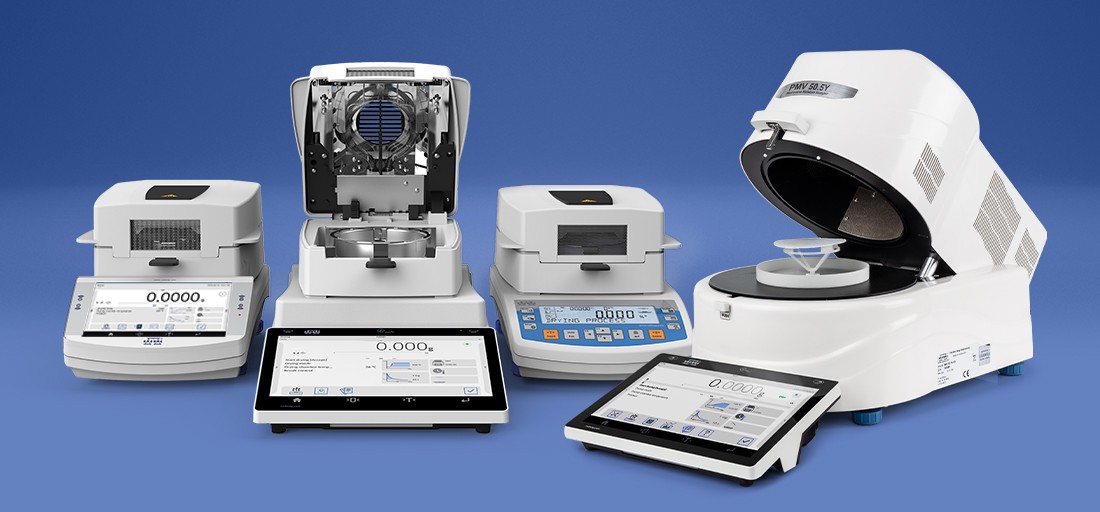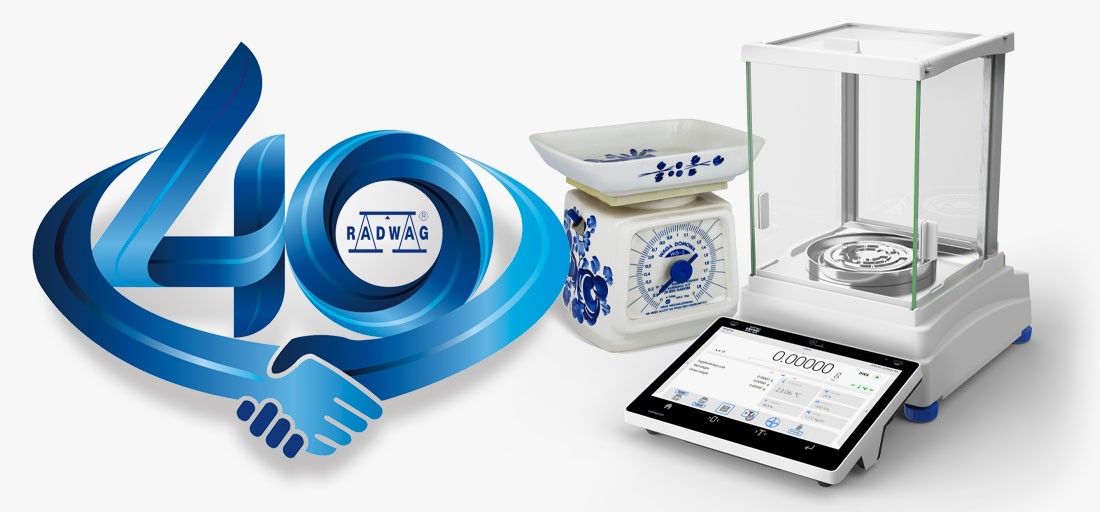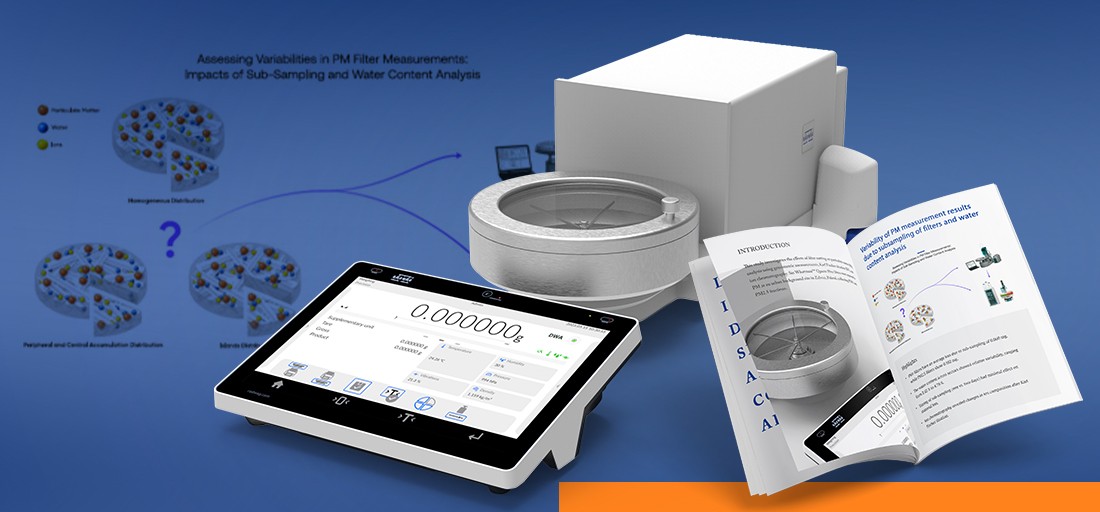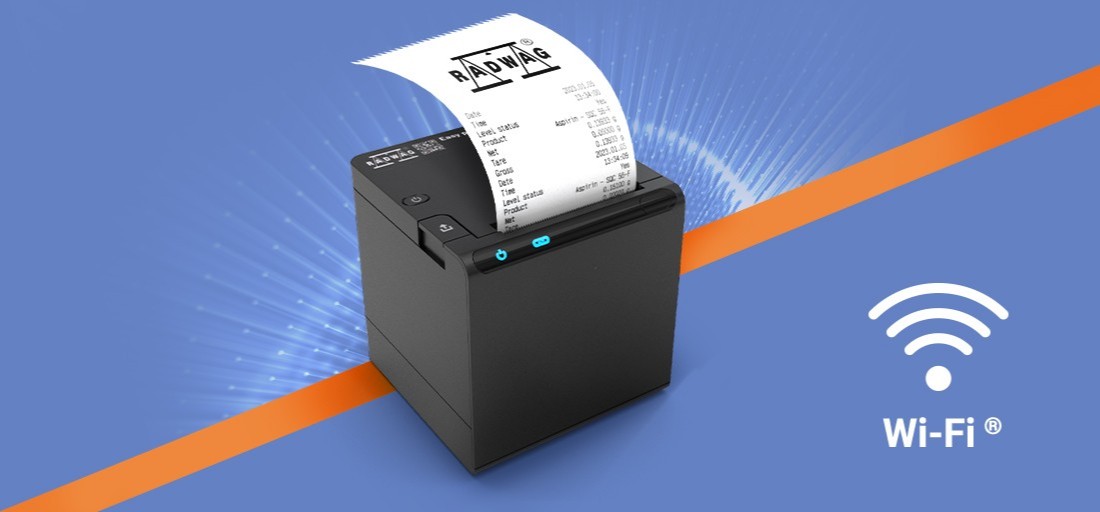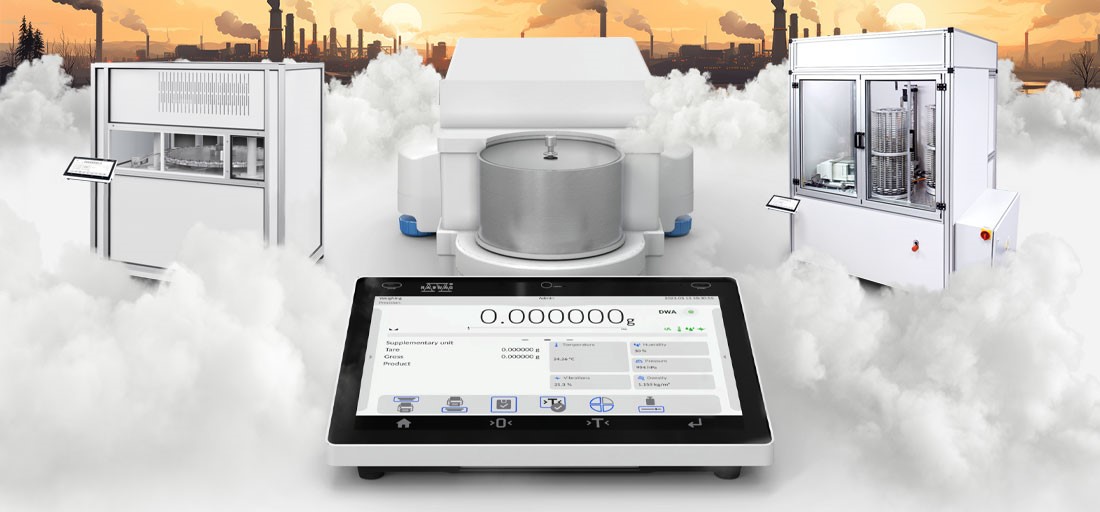What Are the Types of Medical Scales? Personal, Baby, Chair and Bed Scales by RADWAG – Intended Use

Medical scales are used in healthcare facilities, i.e. doctor’s offices, clinics and hospitals. Due to the application, those manufactured by RADWAG are divided into personal, baby, chair and bed scales. Today’s medical scales differ significantly from those designed years ago. What should you know about different types of those scales?
Medical Personal Scales
There is probably no one who has not seen a personal scale in a clinic or school nurse’s office. We were weighed and measured on such a device, a mechanical scale with a so-called “slider”, during the health reviews to which we were subjected at certain stages of our development. The doctor recorded the child’s results in the medical record book and put them on a growth chart. The curves drawn on it indicate the percentage of children in the whole population who reach the same measurement value as the reviewed child. There are separate growth charts for boys and girls.
Nowadays, health reviews are carried out on electronic personal scales, which give the result automatically so that a person (for example, a doctor or nurse) does not have to intervene in the weighing process. This makes the results more accurate and the information about whether the child, and later the teenager, is developing correctly, more reliable.
The growth chart has a similar function to BMI, known as the body mass index or Quetelet’s index. The BMI can also be determined thanks to today’s personal scales manufactured by RADWAG. Although the body mass index was developed 200 years ago, it has been rediscovered recently as the world has gone crazy about healthy living, calorie counting and being slim. The BMI was developed by Adolf Quetelet, a mathematician and statistician who observed the relationship between a person’s height and weight. The parameter he determined allows body weight to be classified as appropriate, too low or too high. The BMI assessment is very important not only for people on a diet, but also for those with type II diabetes, atherosclerosis or at risk of heart attack.
Both health reviews and BMI determination are possible with the RADWAG personal scale C315.60/150.OW-3.
Another advantage of modern personal scales is their design: lightweight (portable) and ergonomic (no need to raise the leg to stand on it). It is worth mentioning that personal scales must be registered as medical devices, can be battery-powered and allow communication with a computer. Thanks to an anti-slip mat that covers the surface of the platform, they allow you to maintain a stable body posture during measurement.
Medical Baby Scales
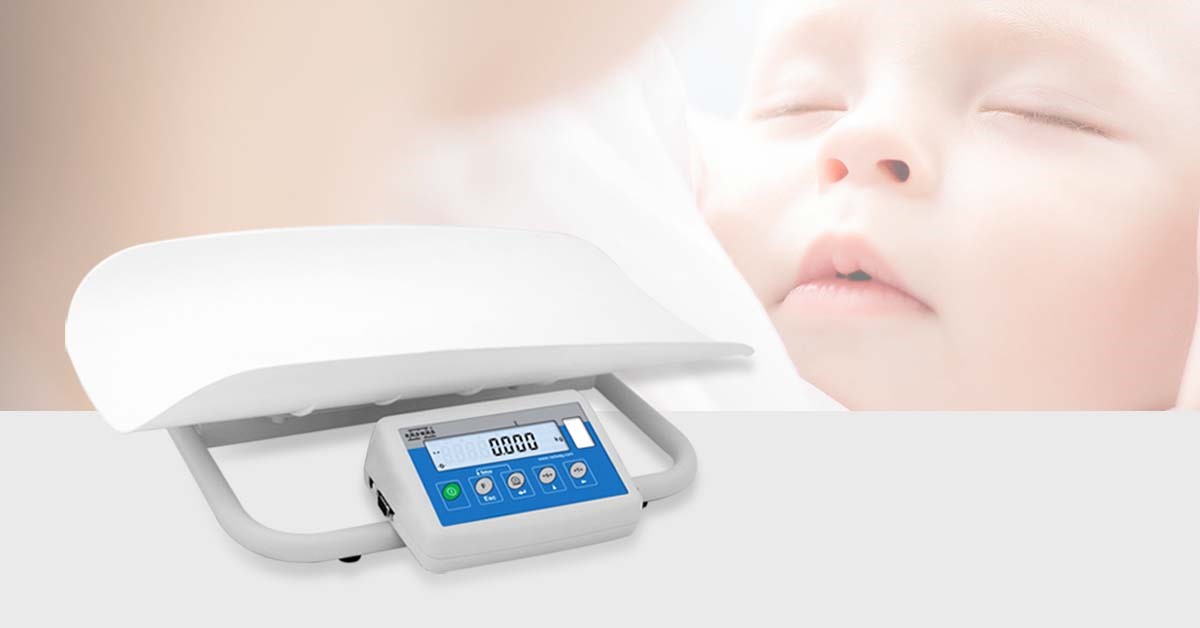
Controlling an infant’s weight is very important, and failure to do so can have a negative impact on a child’s future life. Both excessively rapid and excessively slow infant weight gain carry the risk of many diseases and health problems, including childhood obesity and motor or psychological disorders.
Modern baby scales are much more accurate than they used to be. The readability of the best baby scales made by RADWAG is 2 g. Scales of this kind must be accurate because the doctor adjusts the dose of medicine precisely according to the weight of the infant. In addition, as a small child rarely lies still, the scale on which it is weighed should have electronic solutions and filters to allow precise measurement.
Weighing on RADWAG baby scales is child’s play. Why? Firstly, today’s baby scales are lightweight and mobile, and therefore can be carried anywhere. Other facilities included: battery operation, data transfer directly to a computer, and taring, for example, when weighing with a nappy or sanitary pad. What’s more, the backlit display makes it easy to read from any angle, and registration as a medical device allows it to be used in healthcare facilities.
It is worth mentioning that the “weighing cradle” on which the baby is weighed is properly shaped and inclined at the right angle, which enables ergonomic and safe weight measurement.
The C315.6/15.D-3 baby scale by RADWAG has all these features.
Medical Chair Scales and Bed Scales
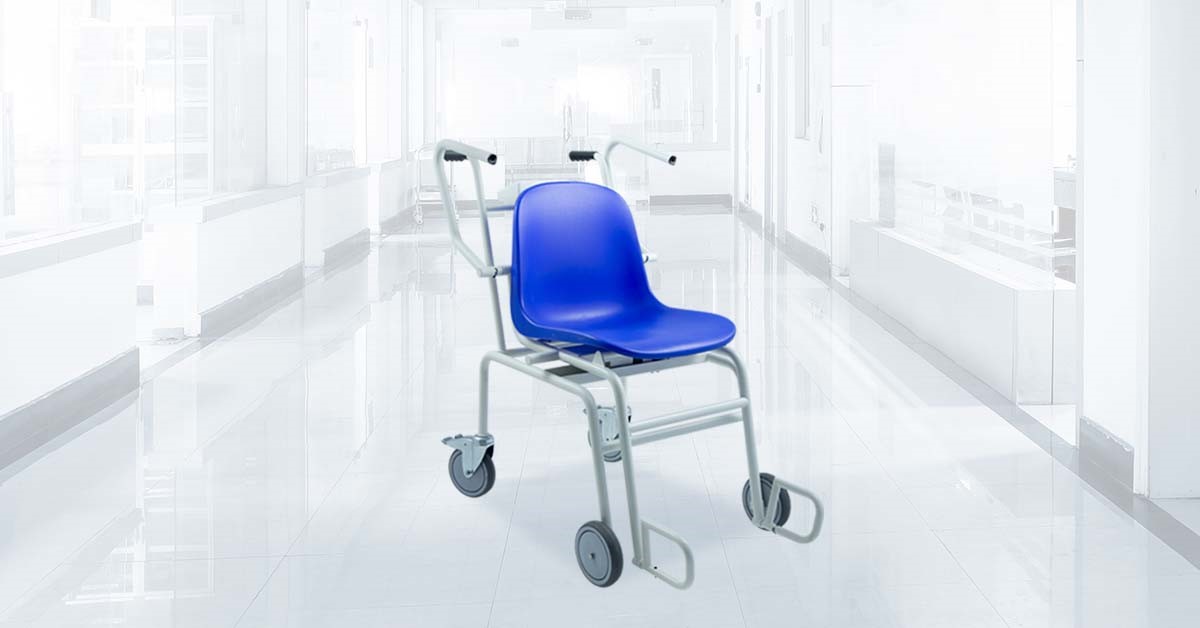
Chair scales are used to weigh patients taking a sitting position, i.e. those who are unable to stand on their own. These include elderly or seriously ill patients. The chair scales are equipped with casters that allow quick and easy transport.
The chair scales are equipped with brakes that lock the wheels so that the patient can sit on the chair and get off it without the chair moving away. Other advantages include stable construction and adjustable foot and hand rests.
All of these conditions are met by the C315.K.250.C-3 chair scale by RADWAG.
Bed scales, on the other hand, are designed for weighing patients taking a lying position, i.e. those whose condition or treatment (dialysis, chemotherapy, etc.) precludes any other body position. There are two models of this device: the first is suitable for older types of beds and the second for professional beds with special patient positioning systems. The bed of new design requires a different weighing method, i.e. such one where the measuring sensors are placed under each wheel, and where a special lift adapted to wheels of 100-200 mm diameter is used to place the sensors under the wheels prior to the measurement.
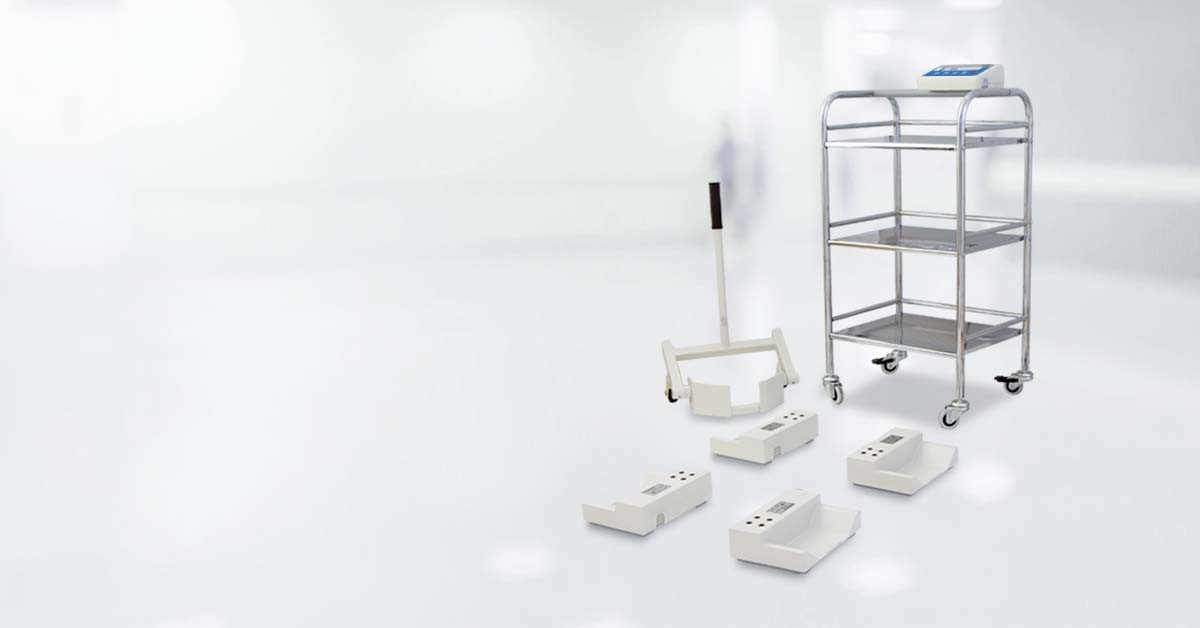
Bed scales intended for professional beds are equipped with a transport trolley that also functions as a display stand. An example of such a scale is the C315.4B.500.C-3 bed scale by RADWAG.
All bed scales of our production are battery-powered and registered as medical devices.
Not sure which medical scale to choose? Discover RADWAG’s range of medical scales, contact our expert or do both.






